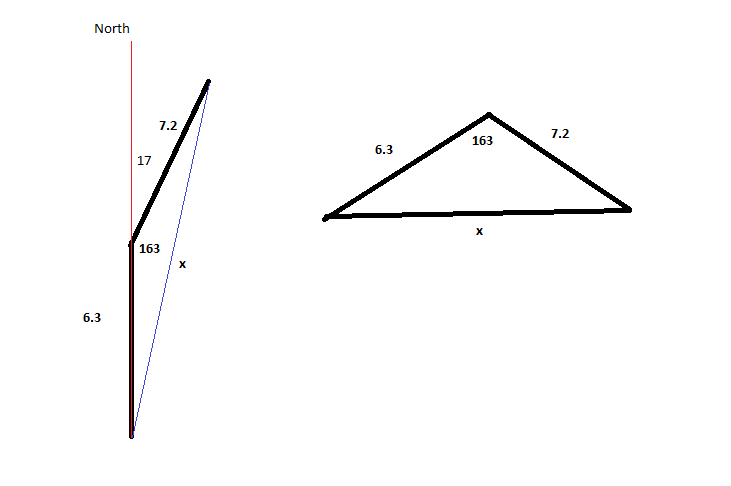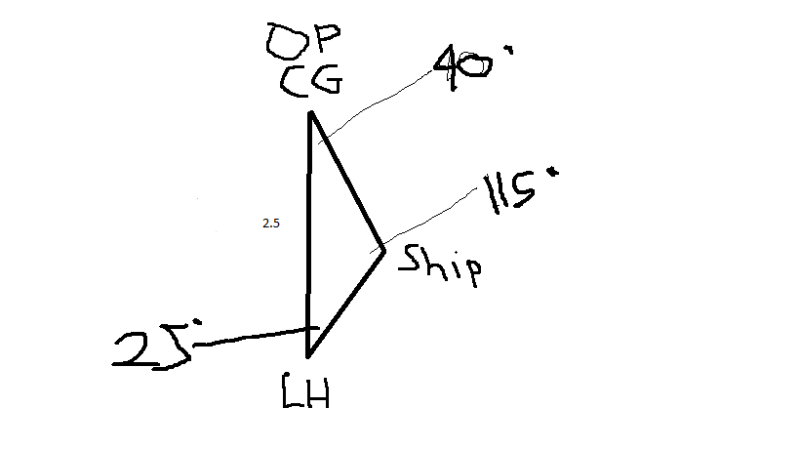treefingers
Cancelled
- Jan 20, 2008
- 6,514
- 8,395
- AFL Club
- Hawthorn
Either way, 2 doesn't equal 1 haha 
Follow along with the video below to see how to install our site as a web app on your home screen.
Note: This feature may not be available in some browsers.
On an Argand diagram, O is the origin and P represents the point 3 + i. The point Q
represents a + bi, where a and b are both positive. If triangle OPQ is equilateral, find a
and b.
I've tried using vectors, locus, cis etc but can't seem to get anywhere.
It's okay, I finally figured it outLots of ways to do this, but the most straight-forward is just to use plain old geometry:
- Draw your diagram.
- Find the angle between the Real axis and OP (let's call this x Radians).
- The angle between the Real axis and OQ is then Pi/3 + x. Draw in OQ, and hopefully you can take it from here.
How do you find the derivative of this?
sin^3(x^2)
I can't get my head around it I know once I see it I'll know it straight away.
Hey, I know it's a maths thread but does anyone here know much about physics? More specifically thermodynamics? Because I have a few problems that I just can't do.
Cheers guys.
It's been a while, but if you post a couple of them I'll see if I can help.
Simplify:
sin2x
cos(2x)+1

Draw a diagram like this:

Then use the cosine rule to work out the value of x (13.4).


